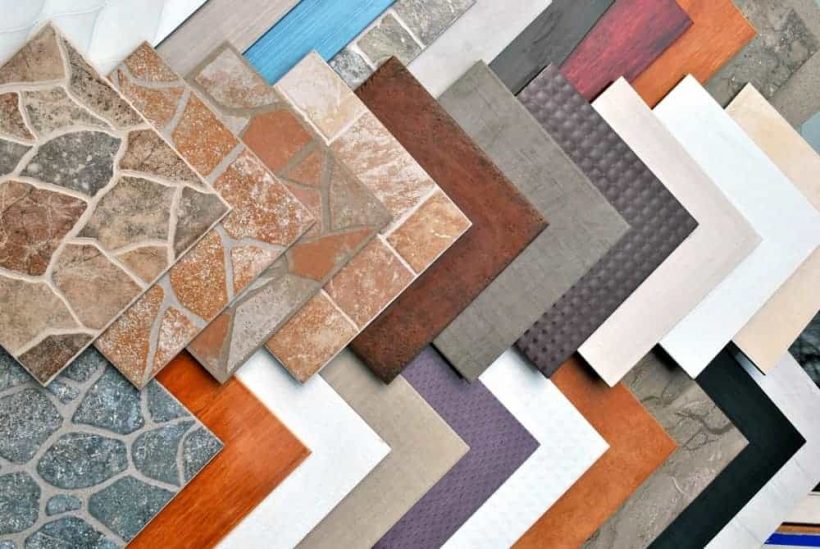
Are you faced with two choices between traditional or interlocking floor tiles? This article will help you find the right tile choice for your home.
Bali tiles are one of the traditional floor tiles that you can choose because they have unique beauty and characteristics.
Choosing the right ceramic floor will add to the aesthetic value of your home’s interior. Traditional and interlocking floor tiles are the right choice.
Both types of tiles have their advantages and disadvantages.
Difference Between Traditional and Interlocking Floor Tiles
The selection of tiles is the right thing instead of using wood or carpet. Tiles can last longer and are prone to chipping.
The property value will also increase if you choose the right tile type. Like natural stone tiles that can increase property values.
Traditional floor tiles have a longer and more complicated installation process. Beginners may find it difficult to install traditional floor tiles.
Compared to easier interlocking. Even beginners can install it easily by following the steps.
Here are some differences between traditional and interlocking floor tiles:
- Installation Process
Traditional tiles require more tools than interlocking. This is because many processes must be carried out before laying tiles.
Starting from cutting and adjusting sizes, making glue, gluing tiles to glue, and more. Laying traditional tiles requires extra patience to produce perfect tiles.
Traditional floor tiles will not easily stick to the floor surface. So the base layer must use certain tools so that the tiles can stick perfectly.
If floor tiles are installed close together, they will produce bends and lumps that interfere with aesthetics. But if it is placed too far away, the gap is very clear.
If there is an error when laying the tile, it will be difficult to fix it because the tile is already stuck to the floor.
So the tiles have to be disassembled and remove the adhesive. The process will have to be started all over again and will take a long time.
In contrast to the installation of interlocking tiles which are easier and can be done by beginners. These tiles are designed and already have the right size for your home.
The interlocking tiles are surrounded by divots that will lock the tiles so they can be linked to other tiles. Installation is easier and will produce a beautiful floor appearance.
There is no need for adhesive like traditional tiles because you can simply remove the adhesive on the interlocking tiles.
- Installation
If you want to change the interior only temporarily, then interlocking tiles are the right choice.
However, if you choose traditional tiles such as Bali tiles only temporarily, then your choice is wrong. Because traditional tiles require putty and adhesive.
This is what often causes floor damage. While interlocking tiles don’t need adhesive and you can pull them out as needed.
The interlocking tiles allow you to replace them periodically. Unlike traditional tiles, which you can’t replace easily because the process is very long and expensive.
If any part of the interlocking tile is damaged, you can replace it quickly. But if the traditional tiles are damaged, then you have to do a replacement procedure which is quite time-consuming.
- Price
Interlocking tiles have a much cheaper price than traditional tiles. In addition to the cost of installation, the purchase price of tiles is also a serious consideration.
The interlocking tiles can be affixed directly to the floor without additional putty and adhesives. You can also install it yourself without professional help.
But traditional tiles like natural stone Bali have a much more expensive price because they are of higher quality and more durable.
